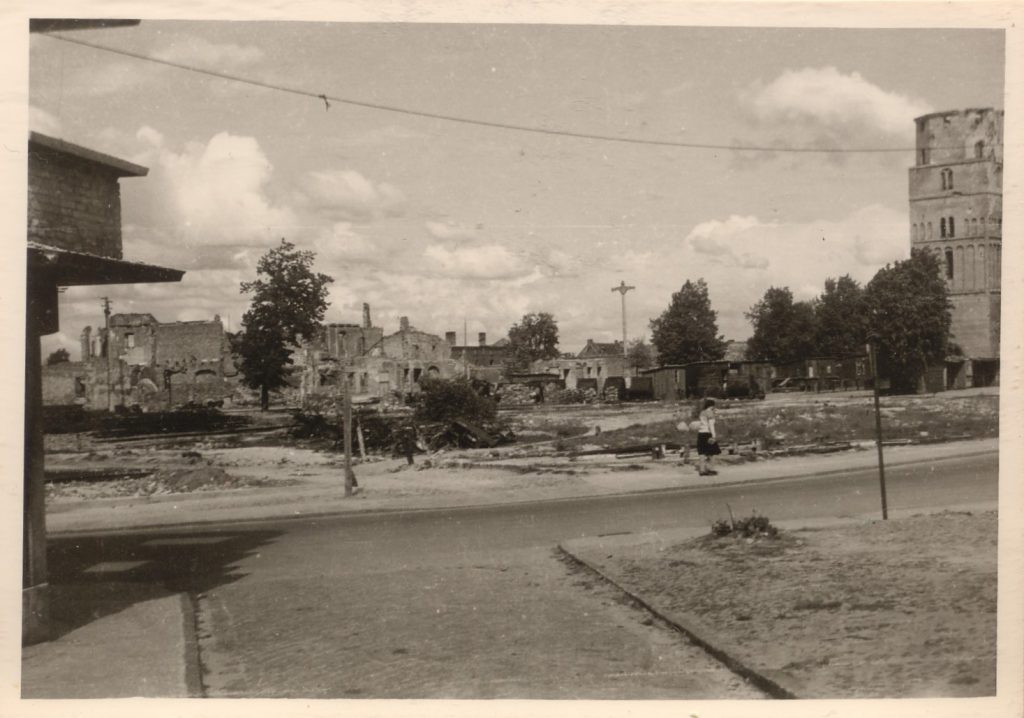As early as September 1939 when the 2nd World War breaks out, the appearance of the town of Lübben changes. Young men and family fathers, workers and employees are called up to the front. Factories and firms convert their production to strategic goods, other goods run short. In the same month, the first man from Lübben falls during the German invasion of Poland.
Prisoners of war from various European countries are imprisoned in Lübben, forced labourers are deployed in the local industry. During the war, the town produces underwear for the Wehrmacht, in the last weeks even gas protection suits for young children.
When the bombing of Berlin starts in 1943, people from the capital seek refuge in the nearby Spreewald, but they are turned away and sent back. Later, treks of refugees from the east cross the town. At the same time, the Lübben-based newspaper writes of an impregnable fortress line, meaning the River Oder.
Lübben becomes a battlefield rather late, in April 1945, when the Soviet Army stands before it. The town, which is declared a fortress because of its important traffic location, is hit all the harder. Between the 20th and 27th April, a large part of the old town is destroyed because the city commander refuses to surrender. Bridges are no longer usable. The supply of electricity, water and gas collapses. Most of the residential buildings are damaged, about every fourth house is completely uninhabitable.
The Wendish Church is destroyed, the already dilapidated Hospital Church at the Hain is further damaged, so that it is subsequently demolished in 1948. On the German and Soviet side, more than 300 soldiers die in Lübben in this last week of the war. More than 500 civilians are killed.

